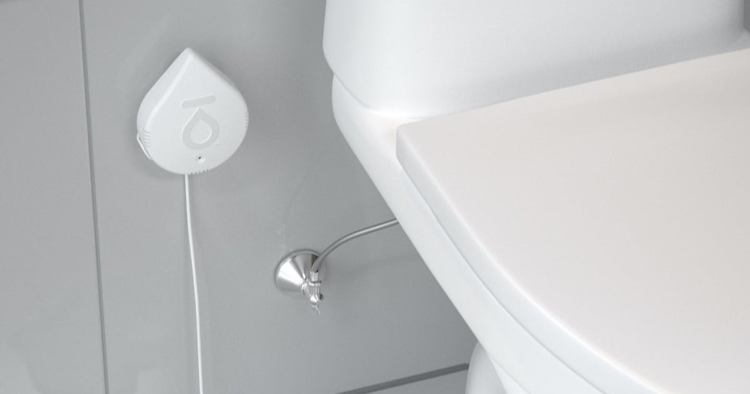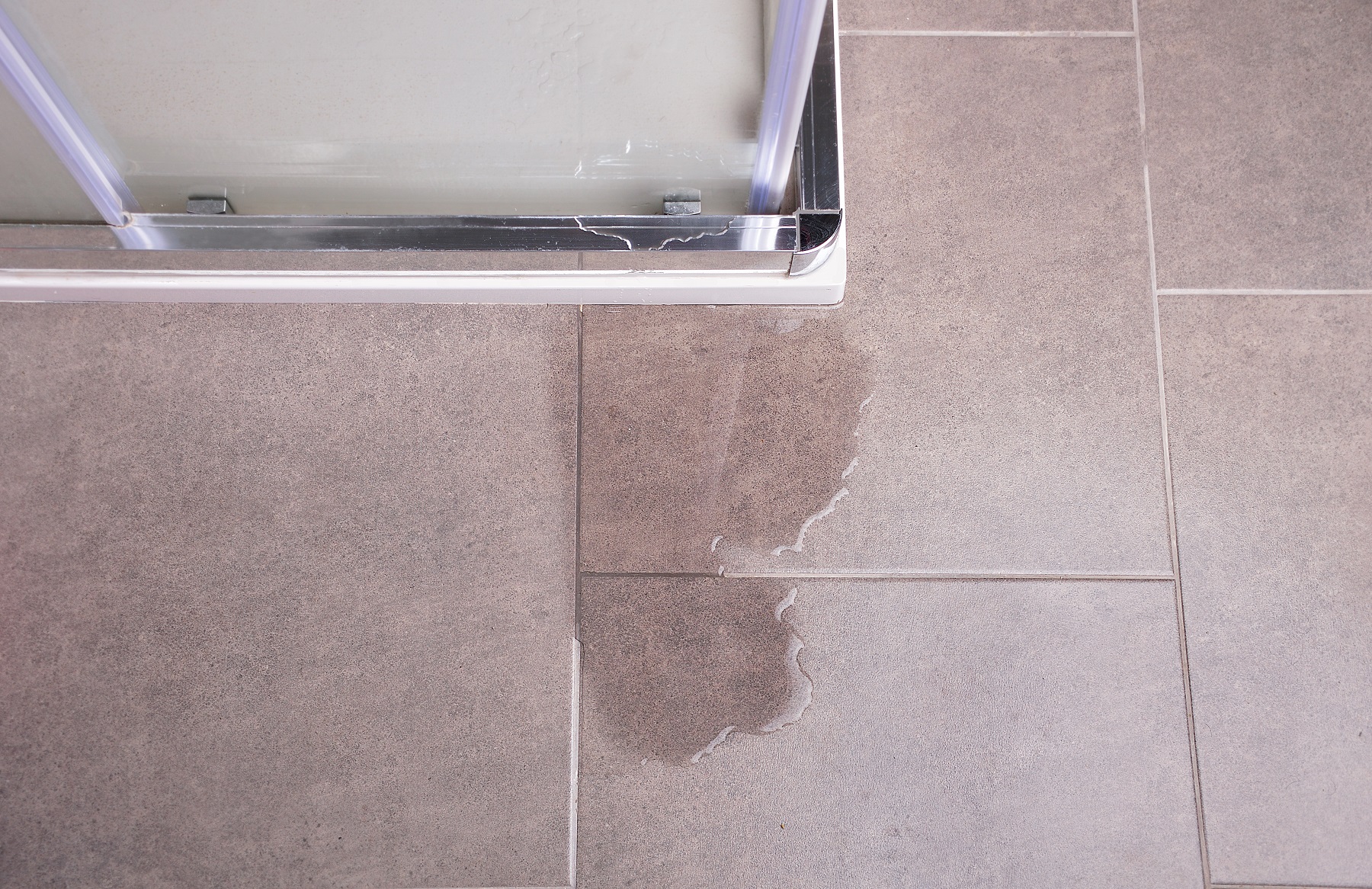Identifying and Managing Bath Water Leaks: What Every Homeowner Should Learn
Identifying and Managing Bath Water Leaks: What Every Homeowner Should Learn
Blog Article
Presented here below you will discover more reliable guidance on the subject of How to Detect and Fix a Bathroom Leak.

Shower room leakages are frustrating as they disrupt your day's strategy. It is an alleviation that a lot of restroom leakages are simple to spot as well as deal with, with marginal cost implications.
Having a water leakage in shower room can be demanding to the property owner. Repairing the leak comes to be a simple trouble if you understand what to do. So, this article is critical as a house overview to identifying and taking care of a water leak in shower room. It does not replace the demand for expert knowledge. The short article acts as a "first aid" when you require an emergency situation reaction to a water leakage in washroom.
Discovery and Fixing of Water Leakage in Bathroom
Water leakage in bathroom typically results from plumbing and pipeline mistakes. You might require a standard understanding of these leak kinds to detect the water leakage in restroom.
Dash Leaks
These commonly arise from water spilling on the restroom floor from the bathtub. It issues of using an inadequate shower drape or used bathtub lining. It harms the bathroom flooring and also may trigger rot to wooden floors and bathroom doors. The water generally swimming pools around the bathtub or shower. This might result in even worse bathroom damages without prompt handling.
What to Do
If the leakage has actually damaged the restroom flooring or door, you may need to transform these to avoid more damage. The great news is that you can include a plumbing expert to aid with the bathroom repair work.
Bathroom Leaks
Sometimes, water leakages from the bathroom and swimming pools around the commode base. It is an eye sore in the washroom as well as requires prompt attention. Often, it arises from a loosened link between the storage tank as well as the toilet. This causes water to drip from the cistern to the floor. It might additionally result from splits in the toilet dish or a defective shut-off shutoff.
What to Do
You just need to tighten them if there are loosened screws between the cistern and also toilet. In some cases you may require to reapply wax on the gasket or call in a restroom leakage specialist to replace worn or broken parts.
Clogged Restroom Sinks
Often, the water leak in restroom results from sink clogs. It is easy to deal with clogs, and also you might not need specialist abilities.
What to Do
You can utilize a drain serpent to remove the particles in the drain as well as allow the stagnant water circulation. Drain cleaners are additionally available in stores as well as are easy to use. A bettor is also handy in clearing your drainpipe. It is an usual household tool as well as can be found in handy in removing annoying clogs in sinks as well as drains.
Verdict
Water leaks in the shower room are preventable occasions in the residence. Upkeep and also regular checks assist to keep everything in tip-top form. Yet, you can never ever be too careful, and also these occasions still happen. When they do, repair them promptly, or involve the services of a professional.
The article offers as a "initial aid" when you require an emergency situation reaction to a water leakage in washroom.
Water leak in restroom generally results from pipes and pipe faults. You might require a standard knowledge of these leak types to find the water leakage in washroom. It harms the bathroom floor and also might cause rot to wooden floors and shower room doors. In some cases, the water leakage in washroom results from sink blockages.
Tricks for Locating a Water Leak in Your Bathroom
Run a Test Using Your Water Meter
One of the clearest indications of a leak in your household is if there’s a sudden unexplained increase in the water bill. For the most part, your water usage shouldn’t change too much from month to month, so a sudden surge is a surefire warning sign.
For further evidence of a leak, Bob Vila recommends this simple test. First, "turn off all the water faucets in your home, and make sure the washing machine and dishwasher are not running." Go to your water meter and look over the reading. After two hours, see if there is a change in the reading. If there is, you've definitely got a leak on your hands and it may be coming from your bathroom!
Test The Toilet
Toilets are among the leading culprits when it comes to unexplained leaks. The rubber stopper (knowns as the flapper) that separates the tank from the bowl can become brittle over time, creating a leak. If you have a toilet that periodically runs on its own for a few seconds, this is probably why.
To confirm your suspicions, put a couple of drops of food coloring into the tank of the toilet. Return after a few minutes and check the bowl. If the dye has entered the bowl, then there’s a leak that should be repaired.
Check for Water Damage to The Walls and Ceilings
If you have a leak emanating from an upstairs bathroom, one of the first things you’ll notice is water damage on the ceiling of the room below. Watermarks and discoloration are clear indicators of leaks, but you might also notice flaking or peeling paint.
Remember: Water doesn't always follow predictable routes. So if you see water marks on the walls, those could also be the result of a leaky upstairs bathroom.
Be Aware of Musty Odors
When it comes to bathroom leaks, the nose often knows best. An undetected leak can go on for quite some time, resulting in the ideal conditions for mold and mildew. Mold has an unpleasant odor and is a sign that your home could be suffering from significant water damage. It’s also a health hazard, especially for those who suffer from respiratory illnesses and allergies, so it's important you have it remedied as quickly as you can.
Inspect Bathtub and Shower Seals
You might not see any leaks or notice any obvious signs of water damage, but it’s important that you look for gaps between the seals surrounding your shower, bathtub, and walls. These kinds of leaks may require extensive renovations if they’re not repaired promptly.
Any presence of moisture on the seals is indicative of a problem, as is peeling or bubbling paint on the bathroom walls. If you have vinyl flooring, be cognizant of curling or bubbles and soft spots in the wood beneath.
https://www.waterdamagerestorationaz.com/locating-bathroom-water-leak-tricks

We were made aware of that editorial about How to Detect and Fix a Bathroom Leak through someone on our other website. If you please take the opportunity to distribute this blog posting if you enjoyed reading it. We take joy in reading our article about How to Detect and Fix a Bathroom Leak.
Toilet issues? Call! Report this page